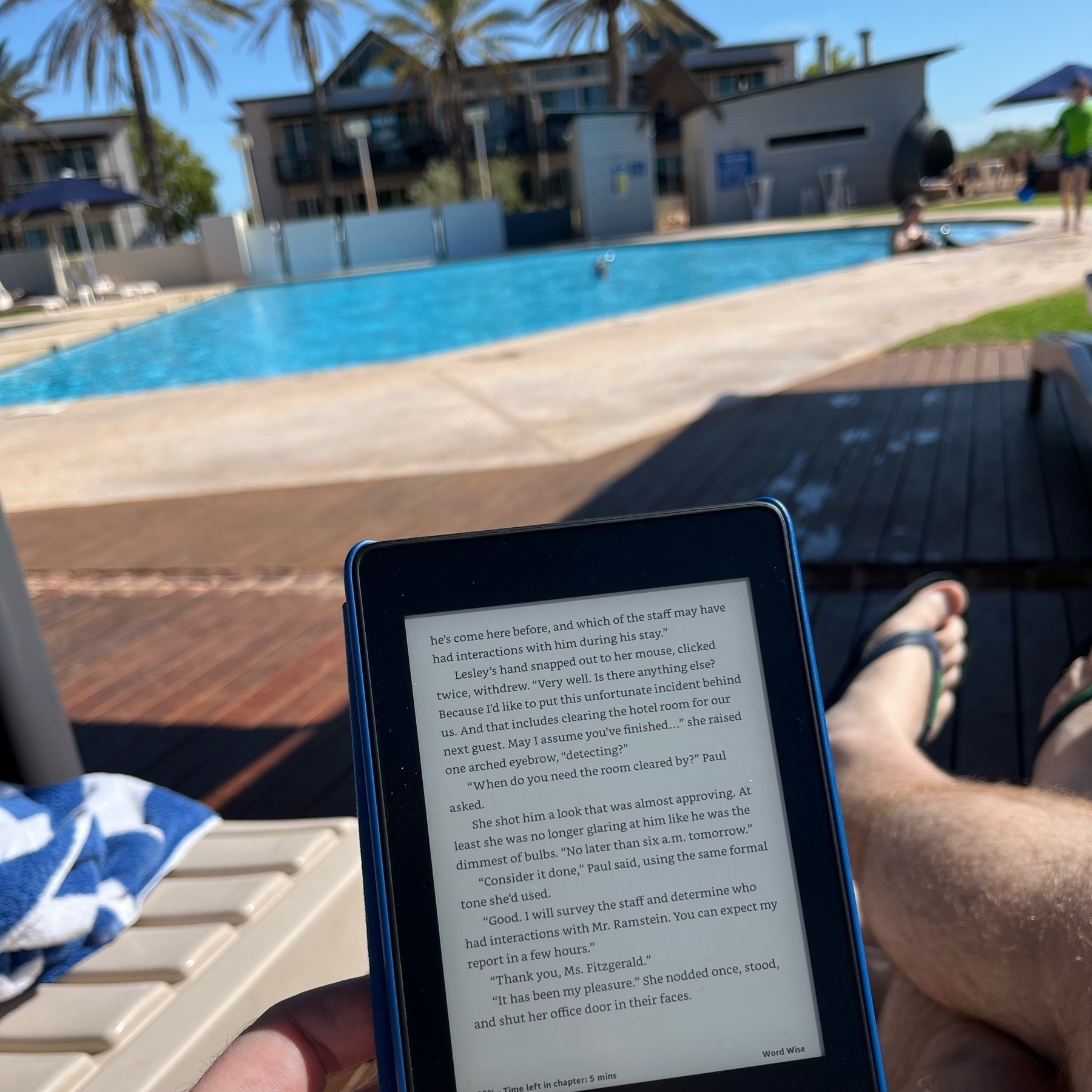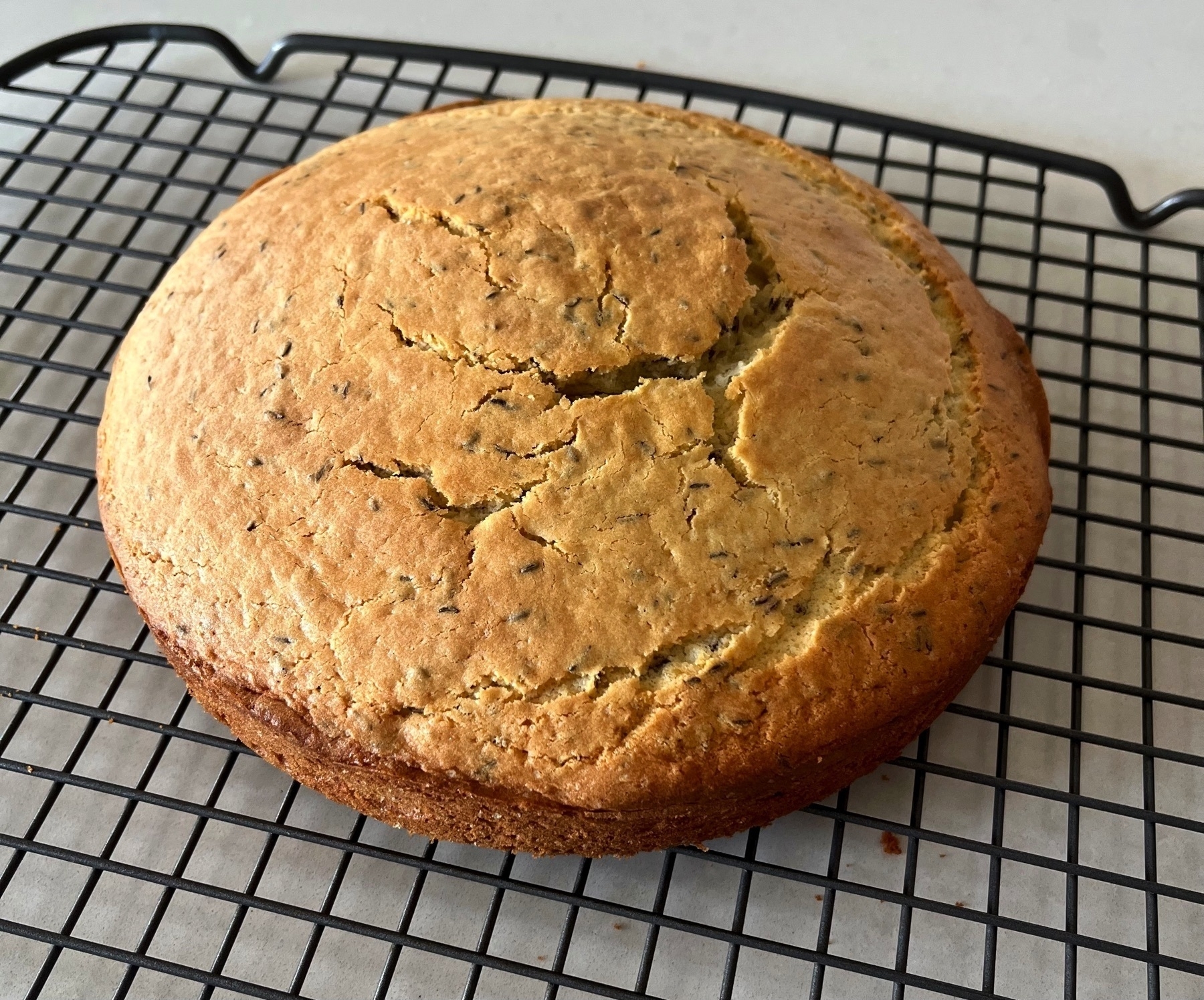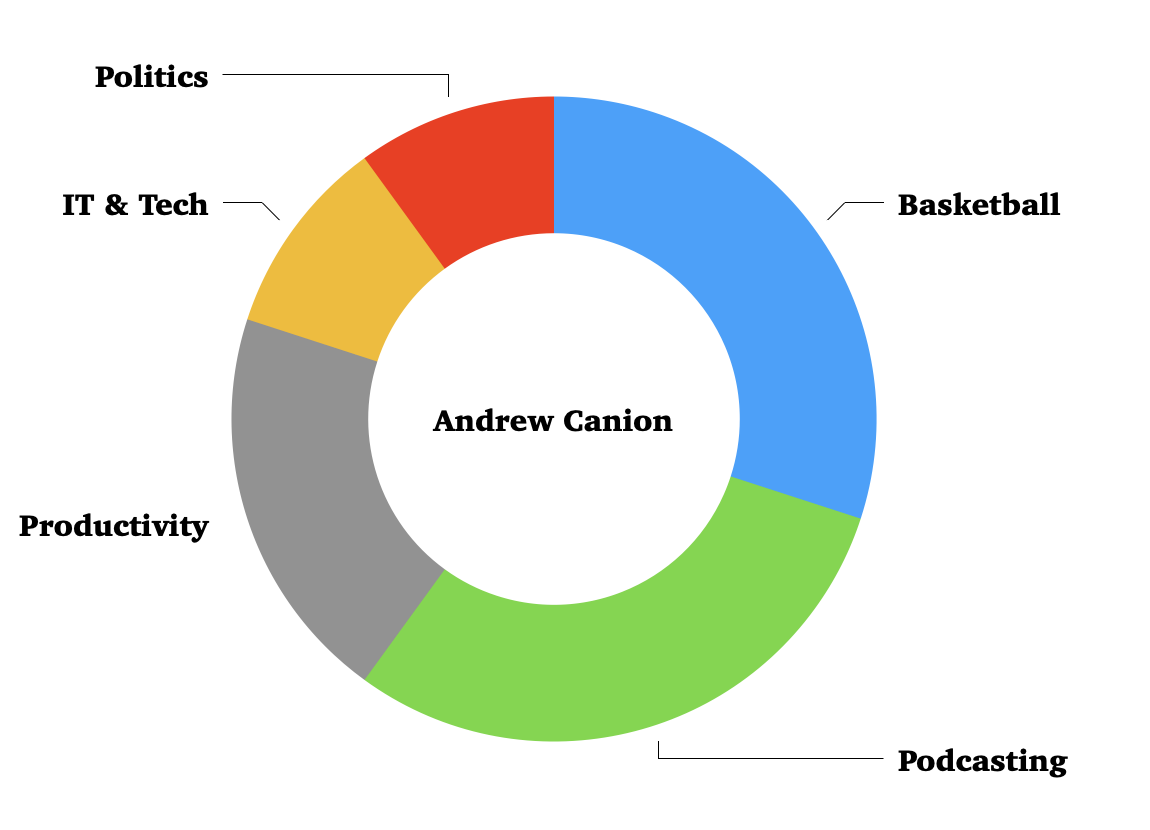Enjoying a holiday read. A View to Die For by @cheri

Enjoying a holiday read. A View to Die For by @cheri


Finished reading: The Checklist Manifesto by Atul Gawande 📚 I didn’t want a story justifying the use of checklists; I wanted a book providing a guide to the development of best practice checklists.
My love affair with Logseq continues unabated. I enjoy using the software - even through the weird and buggy bits. There is an immediacy to it that I like, which Craft has been unable to match. Craft was always too fussy, and I found myself becoming distracted by fonts and styles. The best comparison I can make is that Craft is the modern Microsoft Word, while Logseq would be BBEdit.
In E063 of @hemisphericviews we talk to @ericmwalk to find out how he is so good at Arcadia. Plus we pontificate profusely pertaining to Podcasting 2.0.
I made a caraway seed cake. When I was a schoolboy, my Mom would sometimes make one of these during the day. When I got home we would eat it alongside a cup of tea using our fancy tea cups. This cake today has provided me with both deliciousness and nostalgia.

Scotty Jackson has been working hard and putting up with my bug reports regarding his Shortcut to create a daily note in Agenda with links to calendar events and OmniFocus tasks. The Shortcut is now flawless - and amazing!
Today I had a conversation with a magpie. 🐧
Why’s everybody talking about Obsidian? Loqseq is where it’s at! I’m digging it.

A few light-hearted moments scattered amongst a sea of meh.

Massive fan service and I’m here for it.
I’ve been getting back into Agenda as a work diary and daily tracker.
The app is brought to a new level of usefulness thanks to the ingenuity of Shortcuts developer Scotty Jackson.
This is all about my Rapid Log Shortcut, for use with the Agenda app … and my Agenda Daily Log Shortcut. The basic conceit of this Shortcut is that it appends provided input to note in Agenda.
Scotty works wonders with Shortcuts. This is a new version of his Rapid Logger that ties in with his also new Daily Log shortcut.
Check them out, they’re excellent examples of the power of Shortcuts as a programming application.
I’ve discovered another Read-it-Later service, Omnivore. Hard to find out much more about it though - has anybody else heard of it?

Watched on Sunday July 10, 2022.
Matt Birchler writing on his blog makes a succinct point.
Mobile games are a shit industry with shit companies making shit games that don’t exist to entertain, they exist to extract as much money as possible from a few whales who will spend hundreds, if not thousands of dollars.
Fun is not the point.
Matt nails it. This is why I enjoy playing games on Xbox and Switch, and get nothing from mobile gaming.
I hate knee bursitis or whatever worse thing is going on with my ageing joints. One small jump today led to immediate chronic pain after suffering underlying soreness for months prior.
After listening to myself interviewed by Martin Feld on Really Specific Stories I started thinking about the strange mixture of interests I have.
For fun, I thought I’d grab the main categories and represent them in graphical form.

Basketball is predominantly represented by NBL and NBL1 - not NBA.
Podcasting incorporates listening, and producing NBL Pocket Podcast and Hemispheric Views.
Productivity and IT & Tech almost bleed into one another to an extent. Productivity is about finding optimal ways of working, creating time and space through efficiency and clever use of technology where appropriate. This can be applied at a personal level or a corporate level. Application of effective productive measures is how I can often add value with companies I support as part of my day job. The IT & Tech portion has shrunk over the years, as this area has become commoditised and it becomes harder to tinker. Nowadays my focus is mainly on using Apple platforms to build nice workflows to support my own productivity improvements. I will let IT & Tech also capture the small amount of computer gaming I do.
Finally, politics encapsulates mainly Australian Federal politics and Western Australian State politics. I used to work in State politics; my wife is a State Parliamentarian, so I guess this checks out.
I wonder if there are any other people out there with a similar cross-section of interests?
I’ve built my own Hello page riffing on Alastair Johnson’s idea.

Finished reading: The Profit Paradox by Jan Eeckhout 📚 It took me a long time to finish because I put it down halfway through and left it for a while. Great insights, but did tend to get a little bogged down in the last third. Very US-centric, of course.
I’m seriously addicted to Halo Infinite on Xbox. I love the open world approach to the game.
Look at that - a new episode has dropped! Hemispheric Views 061: Bullet Point Out Of Context!